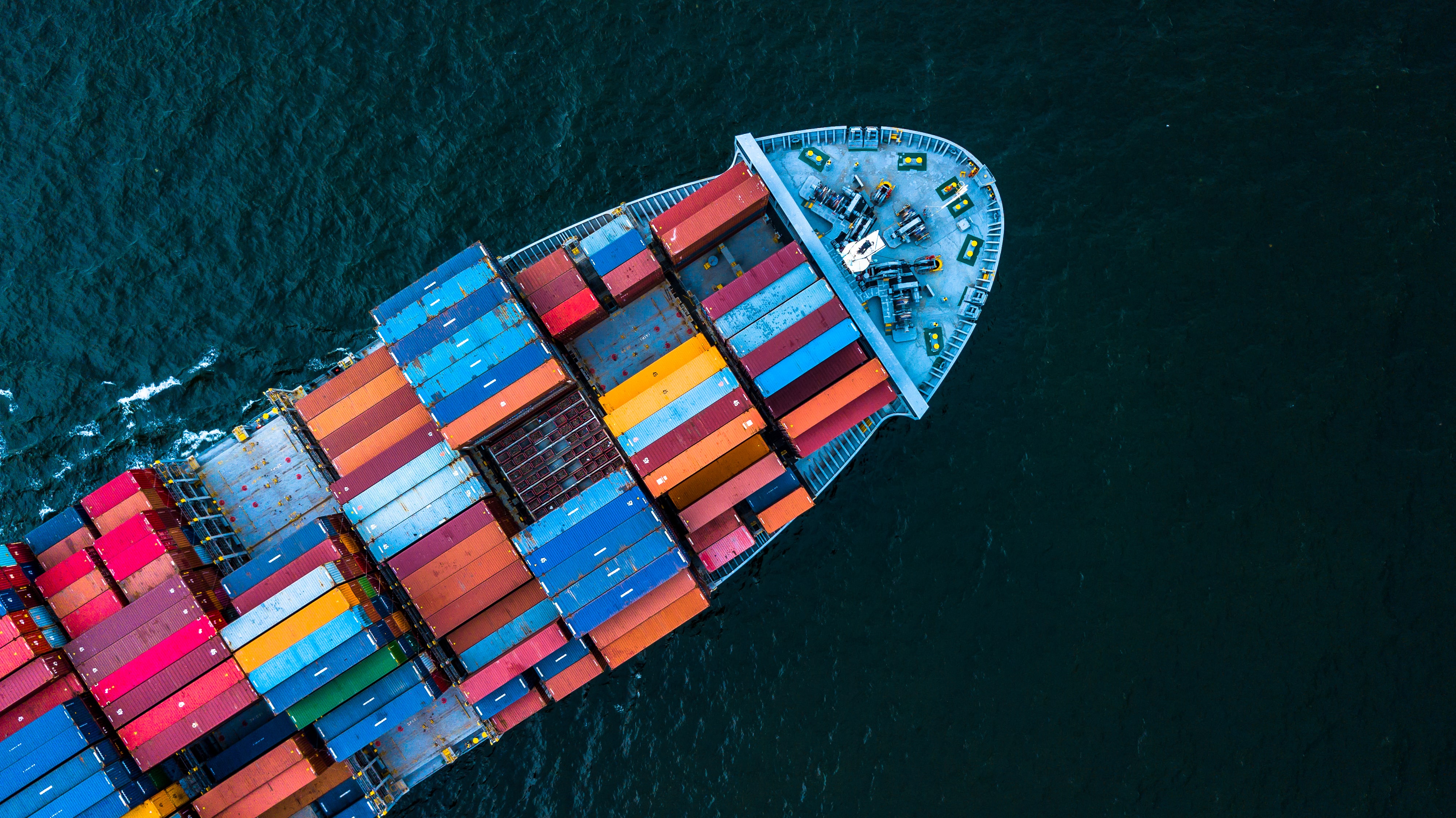
Numerous large claims have caused underwriting losses at marine insurer the UK P&I Club, in a line of business practitioners agree is particularly tough at this time.
In the year to February, UK P&I received double the number of claims exceeding $3m each as it normally does, adding up to nearly $40m. Without these claims its combined ratio would have been a profitable 99%, not the loss-making 114% it posted.
The insurer said it still had free reserves of $505m, but added: "Premium rates are at historically low levels and the combined ratio is above the Club's acceptable range. Although the cost of large claims may be exceptional, it highlights the need for future action on premium rates."
Suki Basi, chief executive of risk management software provider Russell Group, said marine insurance is a competitive market, but is also "highly fractured as a lot of the business is locally-placed and then reinsured globally. Furthermore, the business is composed of many sub-classes, which can be locally and/or globally placed."
Basi noted "an increasing element of marine insurance is liability, as trade becomes more connected and competitive. The growth in liability is of particular concern to P&I insurers, whether from fire, pollution, collision, geopolitical or natural hazard events."
UK P&I is not alone in having found the going choppy.
Insufficient improvement in rates and underwriting losses led many Lloyd's syndicates to curb or stop their marine activity for 2019.
At Lloyd's, marine is the largest specialty reinsurance business and produced the worst 2018 combined ratio (116%) among eight types of insurance. A superyacht fire at Bremen's Lürssen floating dock in September hit many syndicates.
Solvency II filings, which include maritime cover alongside aviation and transport (MAT), showed mixed results for 14 underwriters focused wholly or largely on MAT last year.
Analysis by Insurance Risk Data of 13 underwriters specialised largely or entirely in marine cover revealed an average 113.2% net combined ratio for MAT. Ratios ranged from 76.6% at Tokio Marine Kiln Insurance and 79% at Maersk Insurance, to 128% at the International Shipowners Reinsurance Company, and 164% at Den Norske Krigsforsikring for Skib.
A senior underwriter at one London insurer said marine underwriters face a complex landscape given "the sheer number of vessels bobbing about on the ocean" and poor transparency into many of them given their registration in far-flung jurisdictions, "constant capex issues" bedevilling the industry, and major changes next year to a type of fuel shipping uses.
Political tensions, resulting in acts such as this week's sabotaging of oil tankers in the Straits of Homuz, can compound the difficulties. Insuring shipping "can produce big premiums, but some big losses as well," he said.
The 13 underwriters whose Solvency II documents were examined by Insurance Risk Data, and their MAT net combined ratios in 2018, were Allianz GCS (98.9%), West of England Shipowners Mutual Association (101%), Sveriges Ångfartygs Assurans Förening (98.3%); Tokio Marine Kiln Insurance Ltd (76.6%), International Shipowners Reinsurance Company (128%), Sunderland Marine Insurance Company (98%), Maersk Insurance (79%), Hanse Marine Versicherungs (92.9%), Den Norske Krigsforsikring for Skib (164%), Bud Hustad Forsikring (116.7%), Kravag-Logistic Versicherungs (92.2%), Ethniki Hellenic General Insurance Company (210%), and Lloyd's of London (116%, marine line only, from annual report).